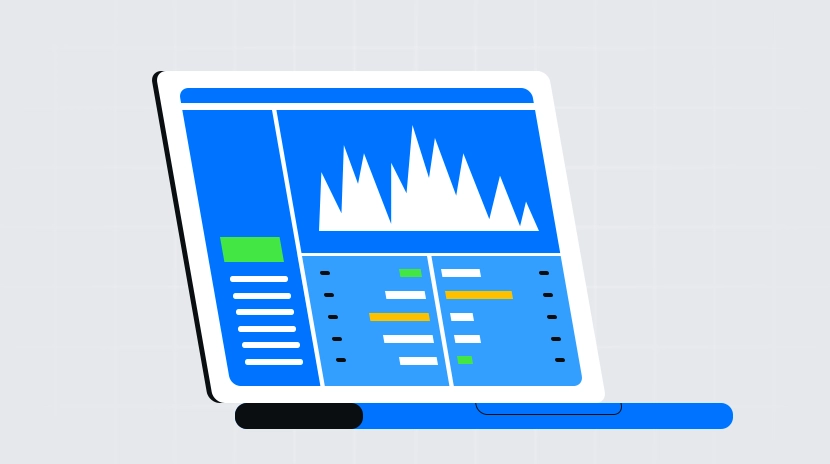definition roth ira

A Roth IRA is a tax-advantaged personal retirement investment vehicle that allows U.S. taxpayers to invest after-tax dollars while enjoying tax-free withdrawals in retirement. Unlike Traditional IRAs, Roth IRA contributions provide no immediate tax deduction, but investment earnings and qualified withdrawals are completely tax-free, making it an effective tool for long-term wealth accumulation. Named after Senator William Roth who introduced the Taxpayer Relief Act of 1997, the Roth IRA was designed to encourage Americans to save for retirement with tax incentives.
Market Impact of Roth IRA
-
Expanded Investment Markets: Roth IRAs have attracted trillions of dollars in long-term investment capital, creating a steady source of demand for stocks, bonds, and other asset classes.
-
Cryptocurrency Integration: In recent years, some self-directed Roth IRAs have allowed holdings in cryptocurrencies like Bitcoin, bringing more institutional-grade funds and long-term holders to crypto assets.
-
Wealth Planning Transformation: Roth IRAs have changed retirement planning strategies for Americans, shifting more people toward long-term investing and compound growth mindsets.
-
Tax Policy Influence: By offering tax-free withdrawals in retirement, Roth IRAs have become an important tool in U.S. tax policy to guide citizens toward long-term savings.
-
Financial Education Enhancement: The popularization of Roth IRAs has promoted public understanding of tax planning, long-term investing, and compound interest effects, improving overall financial literacy.
Risks and Challenges of Roth IRA
-
Income Limitations: High-income individuals may be unable to contribute directly to Roth IRAs, with 2023 restrictions beginning at $153,000 modified adjusted gross income for single filers.
-
Early Withdrawal Penalties: Non-qualified withdrawals before age 59½ may result in a 10% early withdrawal penalty and income taxes on earnings portions.
-
Five-Year Rule Constraints: Accounts must be established for at least five years to enjoy fully tax-free withdrawals, limiting short-term fund flexibility.
-
Lower Contribution Limits: 2023 Roth IRA annual contribution limits are 7,500 for those over 50), significantly lower than employer-sponsored plans like 401(k)s.
-
Policy Change Risk: Future tax law changes may affect Roth IRA benefits, potentially altering their long-term value proposition.
-
Investment Management Responsibility: Self-directed Roth IRAs require individuals to take responsibility for investment decisions, with suboptimal results possible for those lacking investment knowledge.
Future Outlook for Roth IRA
-
Digital Transformation: Roth IRA platforms will further integrate robo-advisors, automated investing, and streamlined mobile applications, lowering management barriers.
-
Cryptocurrency Integration: More Roth IRA custodians are likely to open support for cryptocurrencies, tokenized assets, and blockchain investments.
-
ESG Investment Options: Environmental, Social, and Governance factors will become important considerations in Roth IRA investment decisions, reflecting changing investor values.
-
Potential Policy Adjustments: Contribution limits may increase to encourage more retirement savings, especially as Social Security systems face pressure.
-
Intergenerational Wealth Transfer: Roth IRAs will increase in importance as estate planning tools, with their tax-free inheritance characteristics particularly attractive to wealthy families.
-
Financial Education Integration: Financial service providers will increase educational investments for Roth IRA holders to improve investment decision quality and long-term outcomes.
The Roth IRA, as a crucial component of tax-advantaged retirement tools in the U.S., offers individuals a unique combination of after-tax investment, tax-free growth, and retirement withdrawals. In today's uncertain tax environment, the value of Roth IRAs is increasingly prominent, especially for investors expecting to be in higher tax brackets at retirement or seeking tax diversification. Despite challenges including contribution restrictions and policy uncertainties, Roth IRAs will continue to serve as a core tool for long-term wealth accumulation and retirement planning, evolving with financial technology developments and expanding investment choices.
Share
Related Articles

Gate Research: 2024 Cryptocurrency Market Review and 2025 Trend Forecast

Altseason 2025: Narrative Rotation and Capital Restructuring in an Atypical Bull Market
